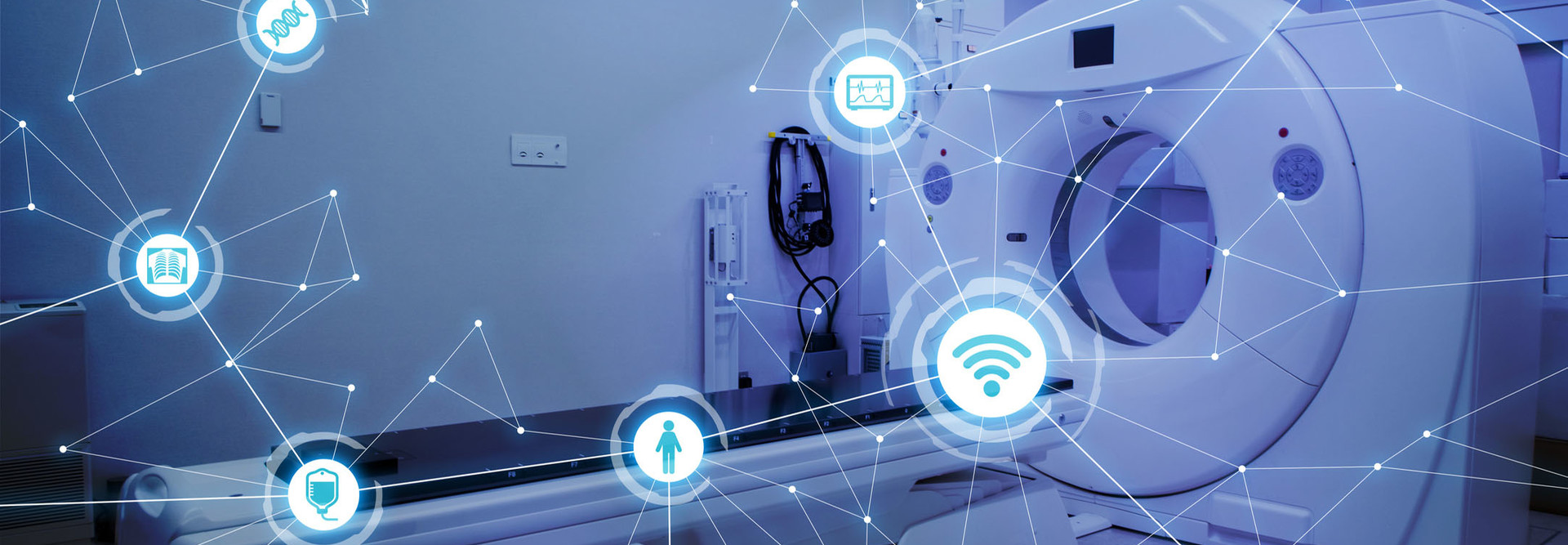How Automation in Healthcare is Boosting the Bottom Line
Artificial intelligence doesn’t always have to be about the attention-grabbing aspects of the technology, like robots in surgery. One of the most prominent benefits of AI is automation in healthcare, which often flies under the radar when it comes to headlines. Despite its lack of hype, using AI to automate basic tasks in operations and administration can result in better patient experience, quality of service, improved project implementation and lower costs.
Advances in AI and machine learning are driving key shifts in how technology is applied in everyday healthcare settings. As practitioners and business and IT leaders work to improve clinical outcomes, patient experience and hospital operations, understanding the opportunities these emerging technologies present is critical.
Through AI and machine learning, computers are taught to recognize patterns in unstructured data, turning it into structured data in a way that enables automation. Over the next two to three years, innovations in areas such as electronic health records (EHR), revenue cycle and operations will enable AI throughout the healthcare system. What’s more, AI will be integrated into the clinical workflow in existing tools like the EHR and picture archiving and communication systems (PACS), empowering practitioners with real-time data at the point of care.
SIGN UP: Get more news from the HealthTech newsletter in your inbox every two weeks!
Unlock the Economic Opportunity in Automation in Healthcare
One of the main benefits of AI is that it enables new projects and innovations previously thought to be out of reach due to cost or time constraints. If the cost of a new project can be reduced by 50 percent by using AI to automate key aspects, then the project becomes possible. And cost-savings in one area can free up dollars to invest in other areas. In administrative workflow assistance alone, AI represents an $18 billion value, according to Accenture.
As Medicare reimbursements decline and payroll costs rise, putting AI to use in the automation of basic tasks and processes can result in improved quality of service, a smoother customer care experience, more effective project implementations and lower costs.
In radiology, PACS systems are using AI to automate tasks such as worklist optimization and hanging protocols — critical applications that can improve workflow and productivity for radiologists and radiology administrators. That has a positive impact on patient care, but also on clinician and staff productivity, which translates to profitability for either the healthcare organization or the radiology reading group that serves it.
4 Ways Automation in Healthcare Can Make an Impact
As these new tools take hold, having the right infrastructure to support high performance computing — fast, dependable and capable of handling lots of data — is paramount. Outside of radiology, automation can have a big impact in many operational and administrative areas:
-
Faster data to enrich EHRs. Vendors are working to modernize the capabilities of EHRs to generate and extract data in as close to real time as possible via new application programming interfaces and novel ways to harness data. Such efforts could reduce physician frustration and enhance patient care as practitioners get the information they need at just the right time in just the right setting.
-
Improved ordering. One of the most time-consuming processes for physicians is the ordering process within the EHR. Ten years ago, a physician could scrawl an order onto a prescription pad in seconds, compared to the multiple clicks it takes to complete an order now. Predictive technologies and AI can make a real impact to drive efficiencies.
-
Smarter billing. Payers are working to automate decision-making, such as pre-authorizations, using machine learning. AI deployments in revenue cycle applications can help organizations generate bills more quickly, ultimately presenting bills to patients and families before they leave the hospital or practice. That’s critical, for example, for high-deductible health plans with higher patient payments.
-
Adaptive staffing. Health systems are beginning to use machine learning to adjust staffing to support fluctuating emergency department patient volumes and to reduce wait times in ambulatory services. By leveraging historical data across multiple sources, organizations can understand when to staff up to handle an influx of patients for the upcoming flu season or ramp up other support staff during warm weather to ensure a smooth patient experience in the emergency room.
It is clear that AI has vast potential for healthcare organizations to innovate. It has already started on the administrative side of healthcare and the future is boundless.









